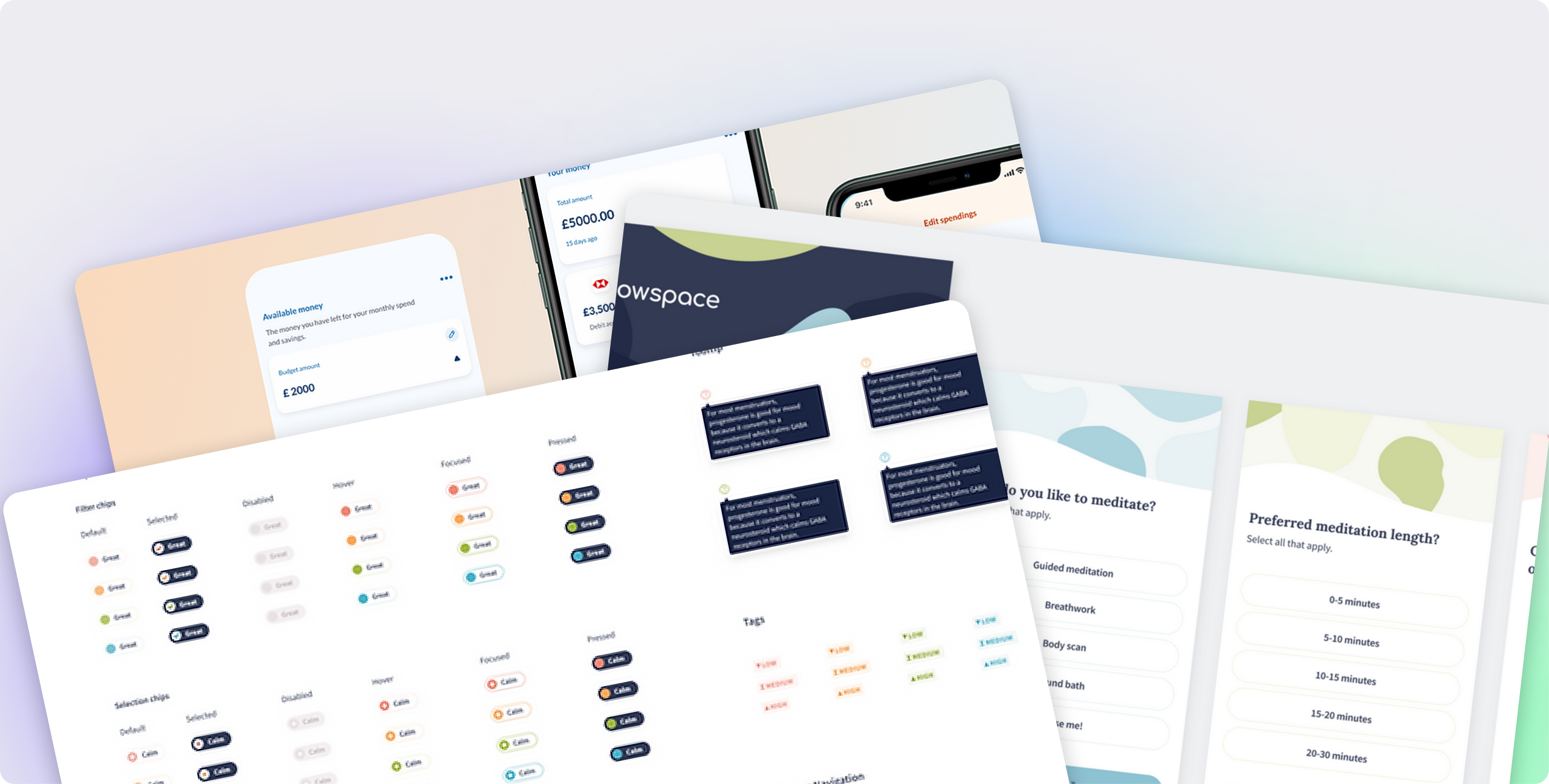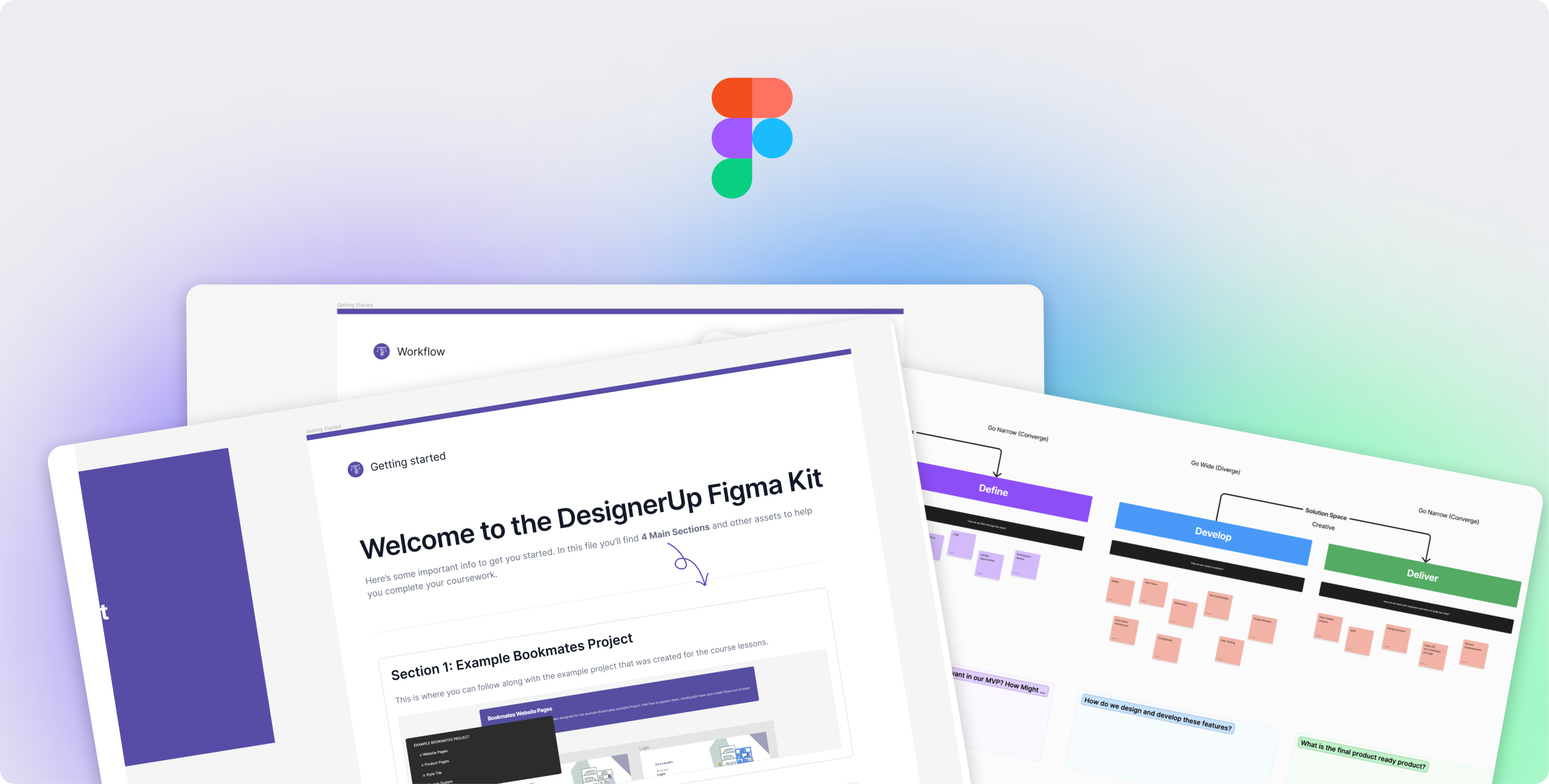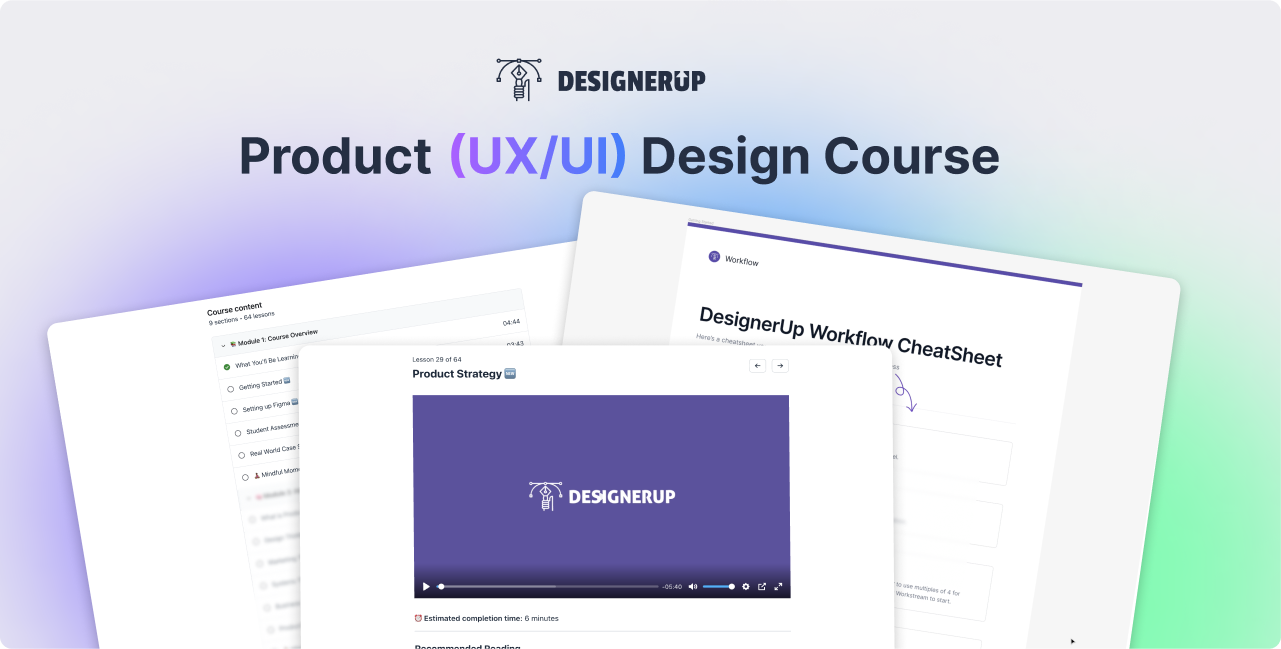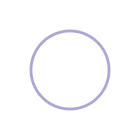In this digital age, where a split-second decision determines user interest and engagement, developers who comprehend the nuances of design possess a distinct advantage. From a broader perspective, the demand for professionals fluent in both realms has soared, underscoring the professional dividends of an expanded skill set.
The evolution of web and UI development has transcended its utilitarian roots, expanding its scope to encompass the realm of User Experience (UX) and User Interface (UI) design and you might be wondering, should a developer venture into the realm of UX/UI design?
There is a symbiotic relationship between development and UX/UI design and while you don't need to learn one to become the other, even a cursory understanding and a little first-hand experience can go a long way into making you better at whichever one you specialize in. In this guide, we'll explore how a developer can become more UX/UI design-savvy and explore techniques and strategies to elevate your UX/UI skills.
Should a Developer Learn UX/UI Design?
There are a number of reasons why developers might want to improve their UI, UX design or visual design skills and incorporate them into their development process.
- Improve collaboration between designers and developers
- Enhance your ability to create user-centered and visually appealing websites
- Build your own SaaS products and websites that you can design and implement without the need for a designer
- Be able to research and make sense of the data that you gather to take make impactful changes to your products
- Stay competitive and meet industry expectations
Why Development and UX/UI Design is a Great Match
A website that functions flawlessly coupled with an interface that leaves users awestruck is a dream combination. Being a developer with an eye for design gives you the ability to create magic on screen.

Synergy Between Functionality and Aesthetics
The essence of a successful website lies in its ability to seamlessly merge the practical with the beautiful. Development ensures that every button click and form submission works flawlessly, while UX/UI design crafts an interface that entices users to engage. When these two aspects converge, the result is an experience that not only functions well but also captivates with its visual appeal.
Think about a travel booking website that not only lets you find flights and hotels but also presents the information in an elegant, easy-to-navigate interface. This synergy between a developer's meticulous coding and a designer's aesthetic finesse ensures users not only achieve their goals but also enjoy the journey.
Improved Collaboration Between Designers and Developers
By gaining insight into the design process, developers can converse more effectively with designers, bridging the gap that often exists between these roles. This collaboration enhances communication, reduces misunderstandings, and leads to interfaces that embody both vision and feasibility.
Consider a project where developers have integrated UX/UI skills into their toolkit where the team faces the unique challenge of implementing interactive animations for product categories.
Designers might propose a novel navigation system with these animations that is difficult to implement. Developers, armed with UX/UI insights, comprehend the vision and technical intricacies and can provide input on coding frameworks, libraries, and potential hurdles and designers can reimagine flows and interface elements to accommodate.
Through this interaction, designers gain an understanding of technical constraints and possibilities. Developers appreciate the designers' aspirations and provide alternative solutions to the challenges. The final animation becomes a blend of creative vision and technical finesse.
Enhanced Ability to Create User-Centered and Visually Appealing Websites
Marrying development skills with design intuition enables developers to craft websites that prioritize user needs. With a deep understanding of user-centered design principles, developers can seamlessly navigate through the intricacies of creating interfaces that are not only intuitive but also visually captivating.
Picture a freelance developer tasked with building a fitness studio's website. Their newfound UX/UI skills enable them to do user and market research effectively and design something that welcomes users of all levels. Intuitive navigation that suits beginners and pros, while vibrant colors and clear typography resonate with the fitness theme. The result? A website that seamlessly merges design finesse with user-centered functionality.
Elevated User Experience
The modern user craves experiences that extend beyond mere functionality. They seek interfaces that captivate their senses while effortlessly delivering desired outcomes. By incorporating both development and design competencies, professionals have the power to elevate the user experience to unprecedented heights. A well-developed backend coupled with an enticing front-end design paints a complete, immersive picture.
What are some overlapping skills between Developers and UX/UI Designers?
A developer's understanding of the technical intricacies of coding, databases, and performance optimization lays a robust foundation for UX/UI design. This knowledge equips developers with the ability to design interfaces that are not only visually stunning but also optimized for performance. It ensures that the marriage of design and development doesn't compromise on user experience so in that sense development is an extremely important part of UX design.
- Problem-Solving: Both roles require the ability to identify challenges and find effective solutions. Developers solve technical issues related to functionality, while designers address user experience hurdles to create intuitive interfaces.
- Attention to Detail: Precise attention to detail is essential for both developers and designers. Developers need to write clean and error-free code, while designers focus on pixel-perfect layouts and consistent visual elements.
- Communication: Effective communication is crucial to understanding project requirements and collaborating with team members. Both roles must convey ideas, discuss concepts, and receive feedback clearly.
- Creativity: Creativity is integral to both design and development. Developers find creative ways to solve coding problems, while designers employ creativity to craft visually engaging and unique interfaces.
- User-Centered Mindset: Both developers and designers need to keep users at the forefront of their work. Developers ensure that the website or application functions smoothly for users, while designers create interfaces that cater to user preferences and needs.
- Technical Proficiency: While developers specialize in technical coding languages, designers often need a basic understanding of HTML, CSS, and JavaScript to ensure their designs can be effectively implemented.
- Collaboration: Collaboration is vital in both roles to ensure seamless integration of design and functionality. Developers and designers often work closely together to bring designs to life and troubleshoot any technical issues.
- Adaptability: The tech landscape evolves rapidly, and both developers and designers need to stay updated with the latest trends and technologies to remain relevant in their fields.
- User Research: UX/UI designers and developers benefit from understanding user behavior and preferences. Designers conduct user research to inform their designs, while developers use this insight to improve user experiences.
- Testing and Iteration: Both roles involve testing and iteration to ensure optimal results. Developers test their code for bugs, and designers conduct usability tests to refine their designs based on user feedback.
How to Improve Your UX/UI Design Skills as a Developer
There are a number of ways that you can start to improve your UX/UI design skills as a developer

- Gathering Inspiration:
- Study existing websites, design systems, design patterns, design trends, and UI kits.
- Use something like Notion to gather your UI design inspiration and manage your learning and projects
- Participate in design communities and seek feedback from peers.
- Understanding User Needs:
- Learn how to conduct user research to identify pain points and observe behaviors and preferences
- Learn how to analyze those research findings and how to use them to prioritize feature design and development
- Create user personas, journey maps and flows to guide design decisions and improve the user experience
- Mastering Visual and UI Design:
- Learn color theory, typography, and layout principles.
- Incorporate responsive design techniques for various screen sizes.
- Learn component design and atomic design principles
- Learn how to create style guides and design systems
- Prototyping and Wireframing:
- Usability Testing:
- Conduct usability tests to gather feedback on design choices.
- Iterate based on user feedback to improve the user experience.
What to do next
As you take the next step in your journey here are some things you can do to accelerate the learning process

- Continuously learn:
- Take a UX/UI or Product Design Course
- Learn about design trends and the latest design resources
- Watch tutorials and subscribe to design YouTube channels
- Collaborate with designers:
- Work closely with designers, sharing insights, and incorporating feedback.
- Develop effective communication skills to bridge the gap between design and development.
- Practice designing and enhance your portfolio
- Try doing design exercises or challenges regularly to build your skills
- Showcase UX/UI flows or projects in your portfolio to demonstrate your skills.
- Share your work with others
- Post your work online and ask for feedback
- Share your build-in public progress
- Join design communities and get mentorship

